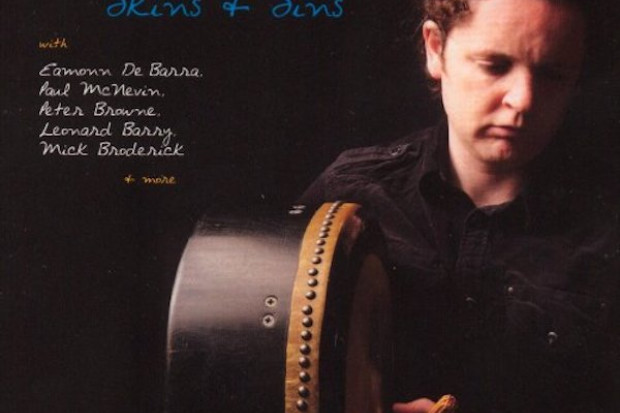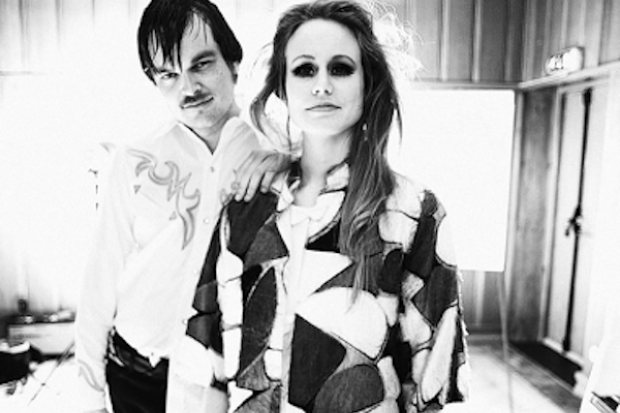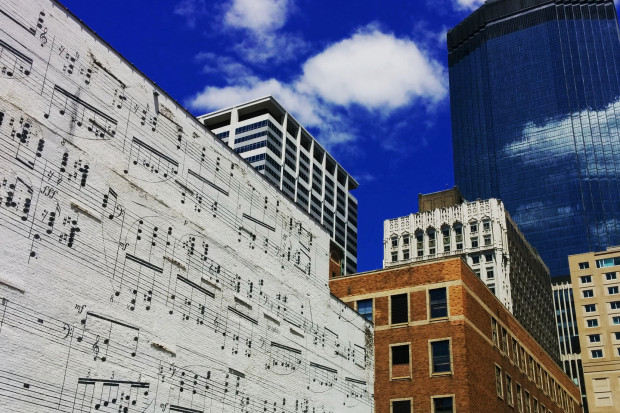
Phil Lynott. Illustration by Jim Fitzpatrick.
After the Jailbreak
The first single from the Jailbreak album only made chart inroads when the band were nearly three months out on the road in 1976. After various radio stations in the US began to pick up on the album, ‘The Boys are Back in Town’ received significant airplay and was soon issued as the lead single. The song raced up the Billboard charts, peaking at number 12, whereupon Phonogram decided to issue it as a single in the UK market and found themselves with a top 10 hit single. During the tour Philip completed several interviews in support of the album and had this to say to NME reporter Chris Salewicz:
There’s some guy here in LA who’s written how I’m Bruce Springsteen. Now I have to spend half of me interviews saying I’m not fookin’ Bruce Springsteen and that I appreciate him but I don’t try to imitate him. I take it as a compliment when we’re compared, but I take it as an insult when it’s said I imitate him. I mean, it rolls off me tongue now, that answer. But this guy here in LA worded it in such a way that all of a sudden I’m on the defensive.
The band’s US tour was stopped in its tracks by the middle of June when Philip contracted hepatitis, just as ‘The Boys Are Back in Town’ was hitting the heights on the UK charts. It was a tragic blow for the band given the reception they were enjoying on the US tour and also the recognition afforded by the British public. The negative impact was immense with momentum lost for the promotion of the new album which had followed the single high into the chart listings across Europe and the US.
The lifestyle that is enjoyed during a heavy touring schedule hadn’t helped Philip and, as the focal point, he was involved in every promotional aspect of the band. Here he offers insight into his contracting hepatitis:
The reason I think I got so fucked up was because I was just going mad, doing it to death. You know what we’re like on the road – we go berserk, wine, women and song. Course I was doing me fair share of all and I got run down and it made me susceptible to hepatitis. I was in no position to think about my career. I was flat on my back, me eyes were yellow. I went into delirium when I was in hospital. When I say delirium I mean I was lying flat on my back for a week and I don’t remember a thing about it.
The band returned home to the UK heartbroken over the cancellation of the tour. With Philip obliged to rest and recuperate, he used the enforced downtime to begin working on the outlines for the next recording sessions. With a holster full of hindsight Lizzy should have been put back out on the road in the US once Philip felt up to it. Instead, ambiguous pressure dictated that a new studio album was recorded and the momentum which could have pushed the Jailbreak album to further success stateside was never recovered. Producer John Alcock:
Clearly, Lizzy should have lived on the road for a year after Jailbreak and only returned to the studio when they had a substantial pool of material, had a chance to evolve and endured more rehearsals. But this was the 1970s when bands typically released LPs much more frequently than now. Who was at fault is difficult to say! I wasn’t involved in any meetings with the label and I have no way of knowing what financial or contractual influences were in play.
The new sessions with John Alcock leading the charge again were booked to start on 3 August 1976, leaving a very short period of time for prepping material. Equally astonishing was the short period of time afforded to Philip in recovering from the very serious issue of having contracted hepatitis, a debilitating and often fatal disease.
The band’s public profile was considerably higher after the success of ‘The Boys Are Back in Town’ and they were finally making money. For tax reasons they chose to record the new album outside of the UK. They decided to relocate to the infamous Musicland Studios. Located beneath the huge Arabella Hotel in Munich, Germany, it was a notorious suicide spot no doubt in part due to its high-rise appeal. In the weeks leading up to the sessions while Philip convalesced, the serious worry about material reared its unwelcome head, as engineer Will Reid Dick confirms: ‘I remember that the band really only had about two or three songs that were in some way complete.’
The record label brought the recording sessions forward so that the album could be released prior to the treacherous Christmas novelty song market. Reid Dick takes up the story:
We all flew out to Munich on a 10.30am flight drinking and playing cards on the plane and I remember Phil was in a fairly poor physical condition due to the illness he picked up.
After a couple of days the band called a halt to the sessions and returned to the UK on 6 August before returning to Ramport three days later. The short stay in Munich and the experience had by the band could be seen as a true reflection of where each member was at personally and professionally. Robertson’s escalating alcohol consumption affected his friendships with the other band members while Philip’s abstinence from alcohol was a necessity but didn’t hinder his recreational drug use. Even Reid Dick’s patience with the studio was worn thin by the set-up available. Reid Dick:
Musicland, from my point of view it’s fair to say, was a truly uninspiring place, certainly at the time. One thing in particular that I found amazing was when I asked the staff where the splicing block was, only to be told that they had none. They used scissors. It was by no means a great idea to go and record there but for tax reasons it had to be done.
The decision to leave Munich was crucial. The fact that the band were going to have to accept the wrath of the Labour-led UK government and acquiesce to its tax demands was now a minor issue given the limited time to get the album completed.
Despite the recent bad luck there was a sense of excitement in the run up to the sessions because of the success that Jailbreak had generated, but with that came an undercurrent of apprehension, as Alcock recalls:
On the one hand I wasn’t going to refuse working with Lizzy. On the other hand, I wasn’t looking forward to it with the same sense of optimism. Between the amount of material and wavering direction of some of the material, we also had time constraints. The problems in Musicland along with personal issues surfaced with some members. I anticipated that there would be problems, and there were.
The band sought shelter in Ramport Studios, London, and luckily the studio was available for the block booking required to complete the album. Time was tight and tensions high due to the failure of the Munich sessions but things were about to get worse. The backing tracks were slowly coming together as the band worked around the clock to try to claw back some of the time lost in Germany. By the middle of August Alcock confided in Philip the doubts he was having:
Well, finally we sat down in the control room for a chat. I voiced my opinions and told Phil that I was worried about how strong the record would be. He was quite abrasive, saying, ‘I’m glad you finally noticed’ and ‘Can you write the fucking songs? It was clear he was frustrated too – he realised that deadlines were looming, and I’m guessing he’d had conversations with the two Chris’s and he didn’t see taking more time as a viable option. He was certainly under a great deal of pressure, and was probably feeling the burden on his shoulders alone.
During October and November of 1976, Thin Lizzy toured Sweden, Germany, Holland, France and the UK in support of the new album, Johnny the Fox, before another planned visit to the USA in late November. This US tour was to make up for the aborted dates the previous summer and re-establish the band as great pretenders to the perpetually spinning rock and roll throne. In typical Lizzy-luck fashion, the tour had to be abandoned when guitarist Brian Robertson’s hand was sliced open during a fight in the Speakeasy bar in London, slashing the tendons, on the night prior to leaving for the tour. Band and management were furious and Robertson would live out the rest of his Lizzy career on thin ice. Lizzy were once more left in the traps.
It had been a rollercoaster year for Thin Lizzy and all those involved behind the scenes. As those scenes unravelled, Philip made his first forays into working outside of the Thin Lizzy framework. With commercial chart success came opportunity; within 18 months, he built his first home studio where he could immediately document the avalanche of ideas that flowed daily through his creative veins. However, his first adventure outside of Thin Lizzy was in the most unlikely of places…
Philip Lynott – Renegade of Thin Lizzy by Alan Byrne is published by Mentor Books and available now in bookshops nationwide.
Published on 12 October 2012
Alan Byrne has been researching and writing about the careers of Thin Lizzy and Phil Lynott since 1998. He has also produced radio documentaries on various aspects of Lynott's career and has contributed to Class Rock and a variety of other publications. He is also working on his first novel.















